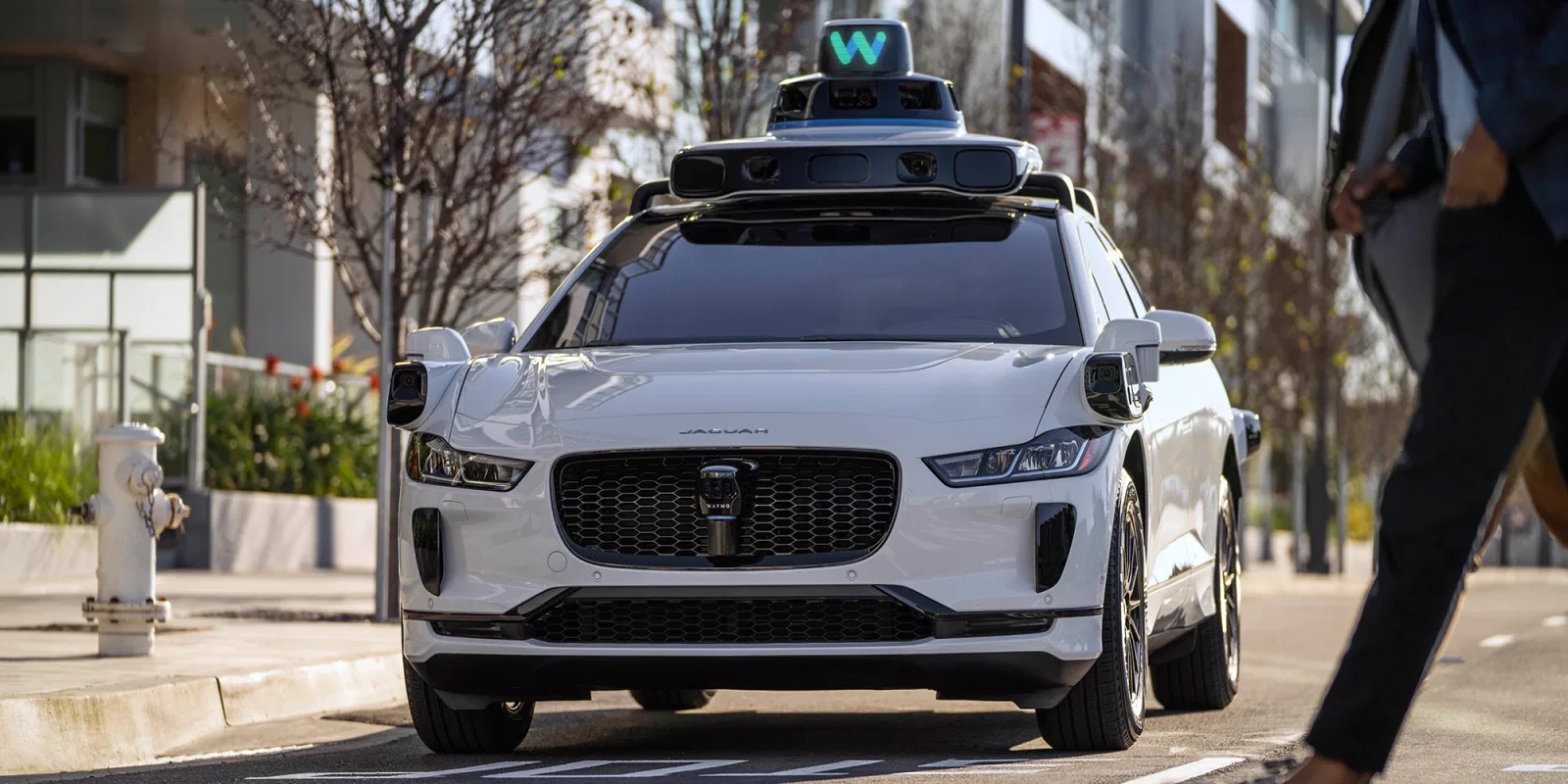As my cousins and I were driving back home from a long day spent in downtown San Francisco, through the light provided by a streetlamp, I noticed an unusually shaped car driving in front of us. The bottom of it was fairly normal, resembling a slightly oversized white minivan, but on the roof of the vehicle was a rotating apparatus that appeared to be a camera, and all throughout the sides of the car were areas with black sensors protruding from them. This was Google’s self-driving car, Waymo.
Google’s self-driving cars have begun returning to the road for the first time since the pandemic, and the bay area being an extremely large tech hub, the company started returning its fleets of autonomous minivans to the roads. Waymo has since been the #1 in space, testing almost exclusively in the San Francisco area. It’s likely that the best place for a robo-taxi service to bloom is in dense cities like San Francisco, and it’s the easiest place to get people to switch from full car ownership to exclusive use of robo-taxis. This can be seen by how many people in cities have already traded in car ownership for use of other modes like Uber and Lyft.
What does the future of self-driving cars look like? Google and Waymo will definitely receive more competition for the rights to dense cities including San Francisco after companies like Tesla announce their plans for driverless cars. Tesla aims to provide a “Tesla Network” where anyone can summon an automated car- either Tesla-owned or a person’s car that has been lended out to the network. Tesla claims it will soon have cars that can operate with nobody in them on almost any street in any city. Most people in the industry view this as an extremely lofty goal. If they do it, such an idea and service could spread almost as fast as Uber did, to ten thousand cities in under 10 years. Imagine the future of technology beyond self-driving cars!

Comments are closed